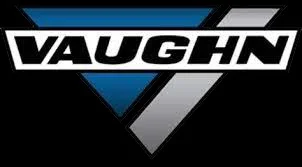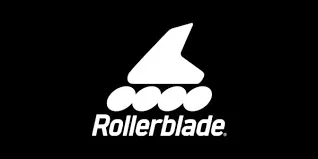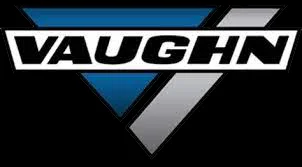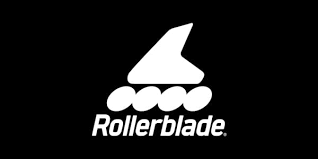If you’ve ever wanted to play hockey, you might have wondered about the mysterious goalie crease. Here’s the low-down. The goalie crease is one of the most important parts of the ice hockey game, despite its small size. It’s a rectangular area that sits in front of your team’s net (the goal at either end). Like in the Playing the Crease movie there are a few rules and regulations about how it should be played like, so here’s what you need to know:
1. What is the goalie crease?
The goalkeeper is the only player on the field who can use his/her hands and arms to touch the ball. The goalie is the only player on the field who can use his/her hands and arms to touch the ball. You must use your hands and arms to defend your goal. You can’t use your legs or body to block the goal. When facing a shot from the point or slot, you must either move (in a follow-through motion), release the ball (in-bounds), or take eleven (out-of-bounds) in order to get your shot.
Goalies always face the same direction when playing defense. They play the puck from one side of the ice to the other. Goalies always face the same direction when playing defense. They play the puck from one side of the ice to the other.
The goalie has one ice facing the goal. The edges of the ice are the sides, and thus, facing away from the goal. The goalie has one ice facing the goal. The edges of the ice are the sides, and thus, facing away from the goal.
When a shot comes towards the holes or corner of the ice, the goalie must move towards the shot (of course, with their back to the shot). They will either move into the shot or move out of it. If the shot goes through the goalie, they won’t have to move again until the ball is cleared.
The goalie will take eleven (out-of-bounds) if there is a clear goal or only one player on the attacking team. Otherwise, the goalie will always play the ball from the same side.
If a shot goes through the goalie, they won’t have to move again until the ball is cleared.
The keeper is usually the hardest player to play against simply because they’re surrounded by players. Since they only have one shot, it helps them to play close to the puck. Getting the puck right on their stick or in their mitt allows them to play faster.
2. What does the goalie crease look like in Playing The Crease?
The goalie crease is the demarcated area in front of the goal where the goalie is allowed to stand. The goalie is allowed to play the puck in this area. The rule in the NHL is that the goalie can only play the puck when he is within his goal crease, and he cannot play the puck from outside of his crease.
Before facing the puck, the goalie’s stick must be behind him in the defensive position. If the puck is played toward his side of the crease, he must bury the puck thoroughly; if it’s played toward the other team’s side of the crease, he can move his stick to cover the puck. Goalies who shape play by moving their sticks are called butterfly goalies.
If the puck is played to the other team’s side of the crease, the goalie must make his move just before the shot is fired. If the puck is shot from in front of the net or the side of the net, the play is considered a backcheck.
One of the most crucial elements of a good goal is to contain the rebound. If the puck goes off one of the creases, it must go in either the back of the net or the other team’s net. This is usually referred to as retrieving the puck. Goalies can only move their stick at slow speeds, so they must trap the rebound on their stick until it goes in the net. This is where the six-hole came from: Essentially, you have to move the puck cleanly between both goal creases before it is able to enter your goal.
Only once the puck has gone through the six-hole will it be eligible to be played. It is usually played in one of two ways. If the puck is trapped by the butterfly goalies and goes into the goal: The goal is scored.
If the puck goes in the opposite direction and into the other team’s goal: The other team gets a point.
If the puck is deflected under the goal line: The goal is repeated once.
3. What are the five things to know about playing in the goalie crease?
The crease is the six-foot radius that surrounds the goal. It’s a protected area for the goalie. If an opposing player enters the crease, a minor penalty will be called. The crease is a protected area for the goalies on both teams. If a player enters the crease, a penalty shot will be awarded to the opposing team. The goalie never lets anything through the crease.
The linesmen, usually part of the pizza parlor staff, watch the goal from the center perspective. The goal is usually between the goal crease and the far post, which is the goal line itself. The linesmen are the eyes of the hockey game. They are charged with keeping the players in bounds and enforcing the rules of the ice hockey game.
It’s extremely important to keep the lines in order because if the puck slips through the crease, the goalies have only one way to stop it — to blow their whistle (they’re named after the guy in the movie “Snow White and the Seven Dwarfs” — a drinking game). If it slips out of the crease and directly into the net, the goal is short-sided (this is known as a “goalmouth goal”), and the other team scores. If the puck goes into the goalscorer before the whistles blow, it is called a deflection.
There are three zones in the crease: front (from the goal line), center (left of the goal crease), and back (right of the goal crease). You’re supposed to shoot and deflect the puck over the line into the zone in front of you. If you can’t, it goes into the crease (goaltending). Sometimes, a player will position himself right in front of or behind the goal crease to shoot the puck over the line into the other goal zone. This is known as crossing the crease — it’s one of hockey’s most controversial colloquial terms in hockey history.
There are even more rules. For example, defenders don’t enter the crease until after the puck has gone over the line into the other goal zone. If they do, they’re officially called in on a line change.
4. Where is the goalie crease?
The crease is the area of the ice that surrounds the goal. It’s an area protected by the goaltender, and it’s where the goaltender can play the puck. The crease is also the area of the ice where goaltenders can’t be hit by an opposing player.
The ice begins in the center of the crease. That’s where the lines begin to diverge from each other, the few feet from the goal itself. In front of the goalie’s crease is a large rectangular hole called the pocket. Behind the goalie’s crease is the backside of the ice, which is often referred to as the “cultural opposite” of the crease.
In front of the crease and behind the pocket are the two most dangerous areas of the ice: the left and right circles. Both are located near the top of the crease — and to play an offensive game, you must be in the correct position for your team. Only the center of the ice and right side of the crease is open for play.
When playing an offensive game, there are two types of plays: The offensive zone and the defensive zone. In the offensive zone, the goalie is typically (and correctly) covered by the blocker (the player who covers the goal at both ends) and the center man. When the goalie is covered, there is no one behind the goal. In the offensive zone, a player skates from the left side of the ice to the right side of the crease. From behind the crease, he plays the puck to the forward on the right. When the forward skates to the left, he is passing to the backside of the ice as his pass. When the forward passes to the backside of the ice, he is passing back to the center of the ice (the blocker) for an assist.
The defensive zone goes from left to right on the ice, and it’s very narrow. The perimeter of the ice is called the “danger zone.
5. Do you need to be in your own team’s goal to play hockey in the goal crease area?
In youth ice hockey, a goalie can play the puck in the goal crease area if they have control of the puck. A goalie who plays the puck in the goal crease area has to be careful because they can be called for icing if the puck touches the goalie’s stick before it goes out of the playing area. The largest crease in hockey is the Toronto Maple Leafs’ home, Air Canada Centre. For years, the goal was a rectangular square-shaped crease that measured three by six meters. It has also been smaller in size. When the original Air Canada Centre opened in 1979, the smallest size of the Delhi Dry Depot crease was 1.9 by 2.1 meters.
In 2012, the crease was enlarged to 3.85 by 5.27 meters, which is almost a seven-fold increase in size.
There are two types of goalies: the “defenders” and “goalies.” In total, there are 325 goalies in the National Hockey League (NHL). Goalies play more than six minutes a night; on average, they play over 54 minutes. The average number of games played per player is three.
The 50-foot square ice surface is uneven, making it more difficult for goalies to get up and down the ice as quickly as they would like. Some goalies, such as those who play college hockey, prefer playing on smoother ice, making it easier for them to get up to speed.
A goalie’s job is to stop pucks from going in the goal crease. Certain things might help a goalie play the puck better, such as decreasing the speed at which the puck is going. The puck needs to go in the crease area, if it’s going at more than 120 miles per hour (188 kph), the goalie has to be very calm.
As a goalie, the front of their net is facing the goal. It’s like pitching your hat from side to side. The puck needs to be in the net to score a goal. It’s a puck that is heading towards the goal crease.

